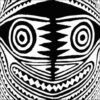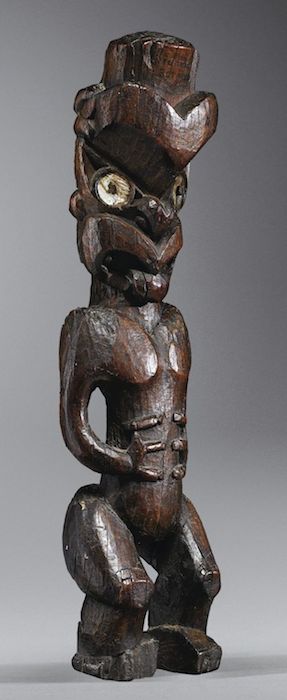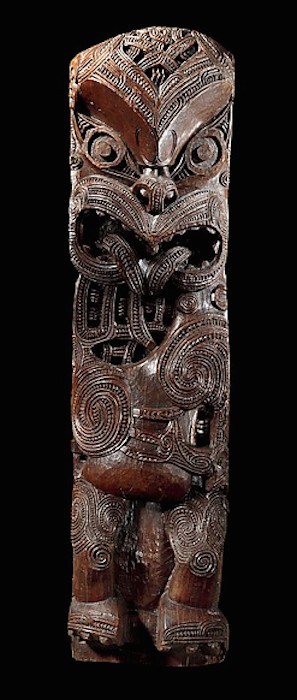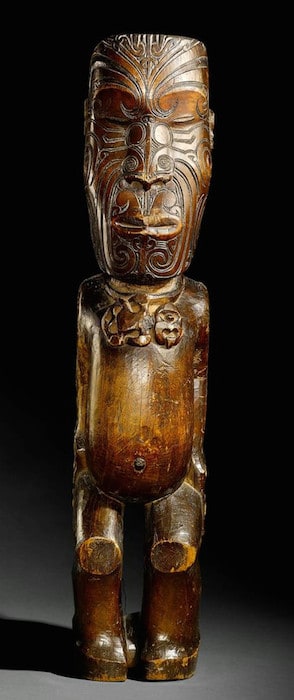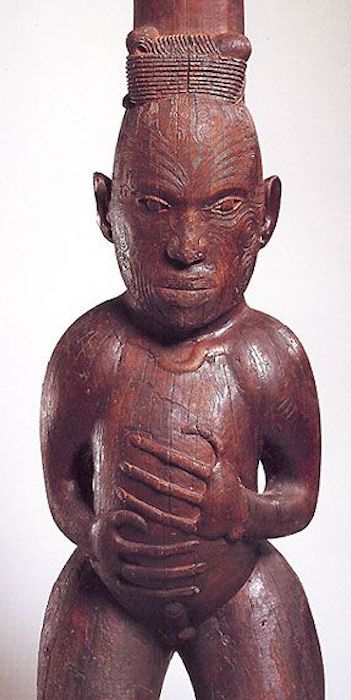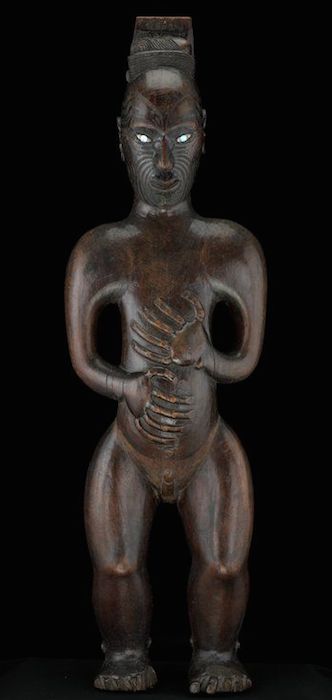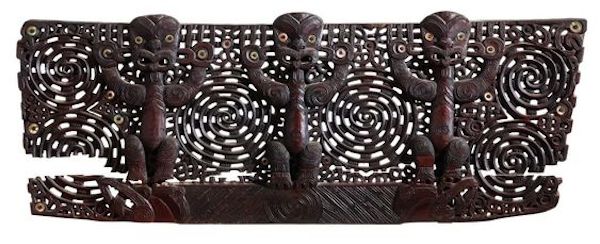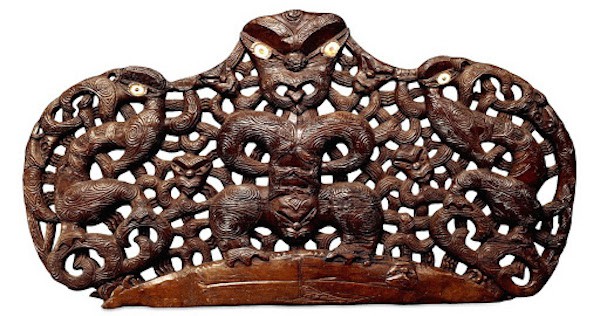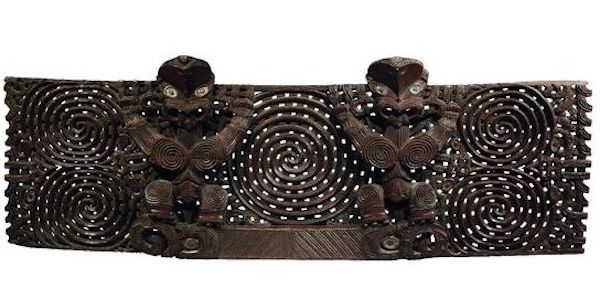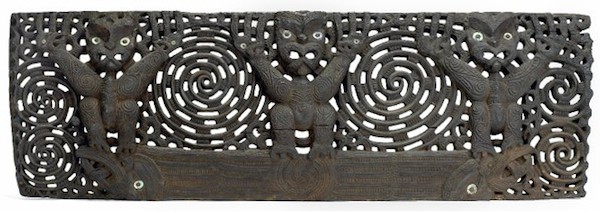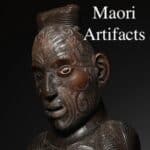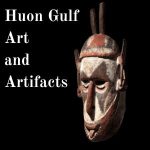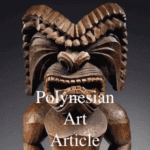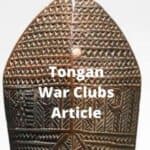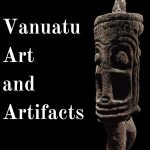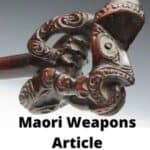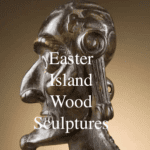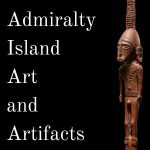Maori Artifacts
This article helps to visually show the main types of Maori Artifacts. Maori Art from New Zealand is the most well known in Polynesia.
The Maori was not the only region in the Pacific to produce sculptures. Other areas in Polynesia and New Guinea also had artifacts but the styles and uses varied.
I Buy Old Maori Artifacts and Polynesian Art. If you have one to sell please contact me. If you want to know what your Maori artifact might be worth please send me a JPeg as I would love to see it.
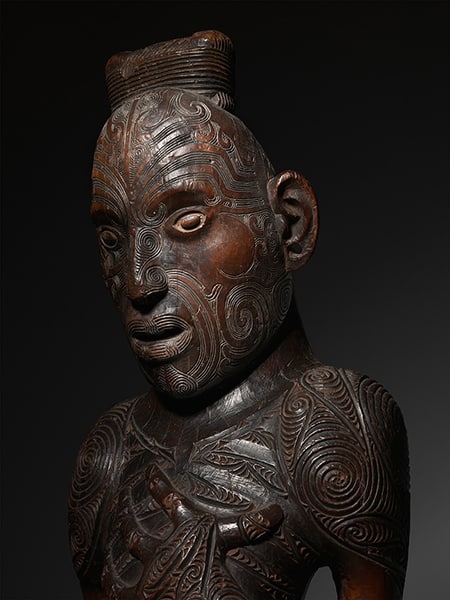
Architectural Maori Artifacts
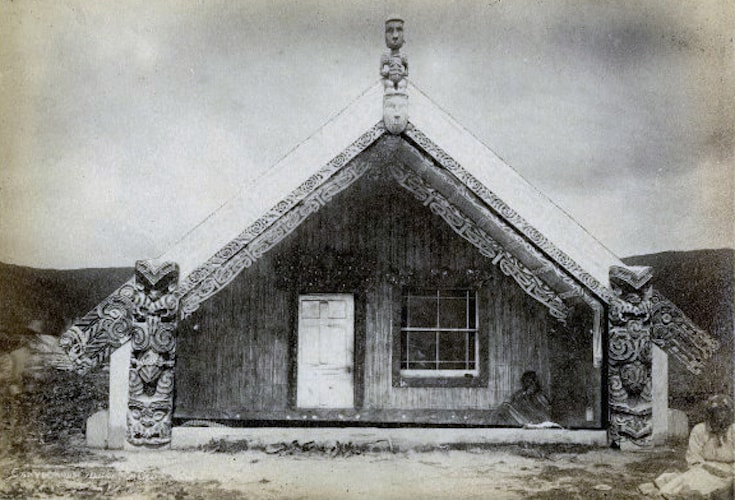
Maori Meeting House Marae
A Maori meeting house symbolizes a particular ancestor. The building similarly encloses the ancestral spirit. The ridge-pole is the ancestor’s backbone and the rafters to the ancestor’s ribs. Ceremonies and decisions were within the hallowed space of the meeting house.
There are numerous artworks associated with a Maori meeting house.
These artworks were all sacred made by a highly skilled carver-priests. Priests had to observe very specific rituals and ceremonial Taboos while making artworks.
The following is the most important architectural elements however it is far from all of them.
Post figures Poutokamanawa
Post figures or Poutokamanawa, are a post incorporating an ancestral figure. This post with figure supports the main ridge-beam of a meeting house. It is the spine of the meeting house.
Poutokamanawa are not completely naturalistic because they represent ancestral spirits. The role of the carved ancestor is to comfort and watch over their living descendants. Heads are disproportionately large because the Maori consider the head to be the center of personal power. The large hands spread over the abdomen emphasize the center of the body, the navel, believed to be the center of life force.
The navel (Maori-ora) is the link between the people still on earth and their ancestral spirits.
Individualistic tattoo patterns incised on the face of ridge pole figures may replicate those of a specific ancestor. The hair is bound up in a topknot, characteristic of a warrior chief.

Amo Side Post Figures
Amo are the side post from the front of a meeting house. A pair of Amo supports the sloping bargeboards. The side posts have carved figures that represent named ancestors of the tribal group.
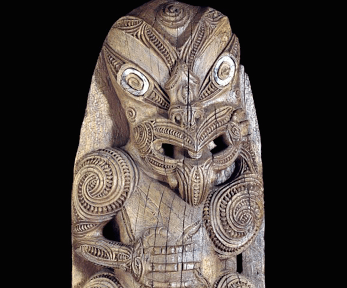
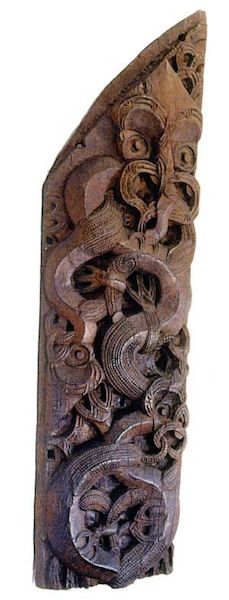
A carved lintel was placed above the entrance to a meeting house. It was an important marker of the transition between realms. It marked the transition between the world outside and the sacred space. At the threshold between these two realms, people pass under a god-like ancestor.
Carved Maori lintels are some of the most spectacular examples of Maori workmanship.
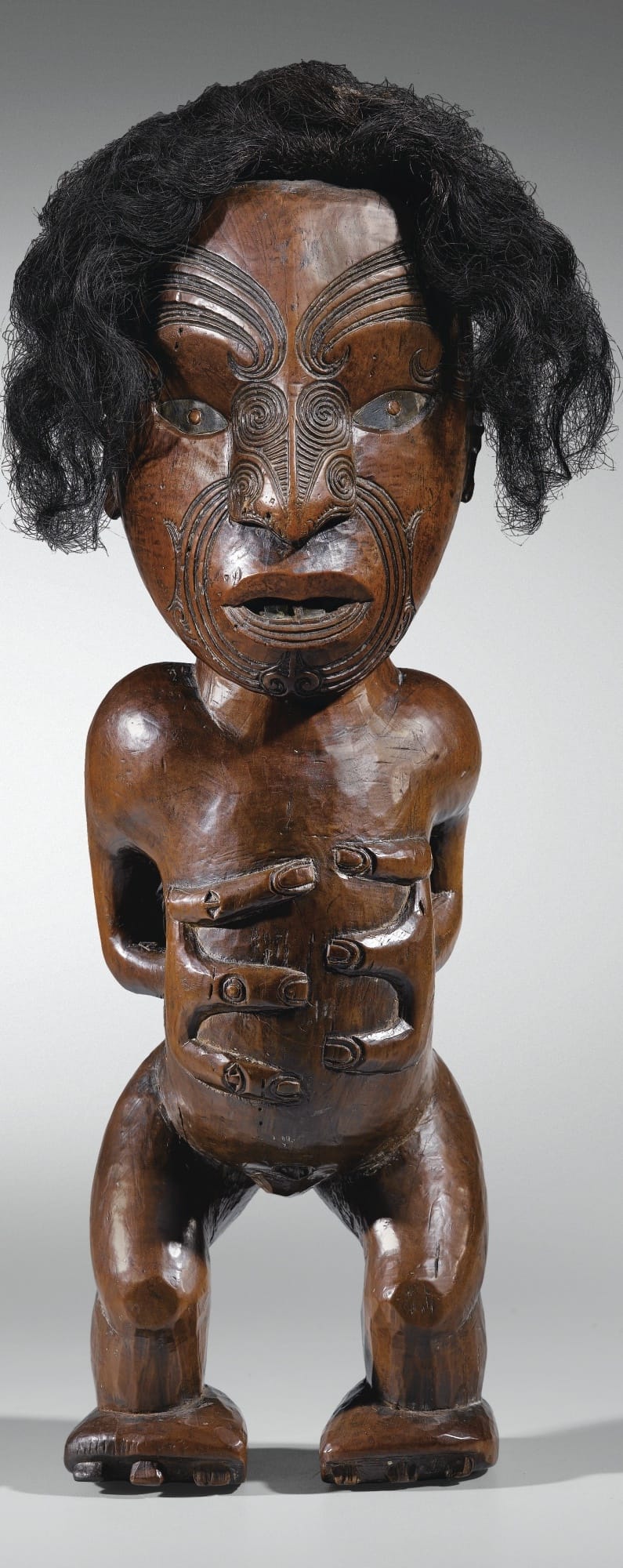
Tekoteko
Tekoteko is the general name given to free-standing sculptures. They were inside and outside the meeting house as guardians and in addition they were on the fortified village walls as protective elements.
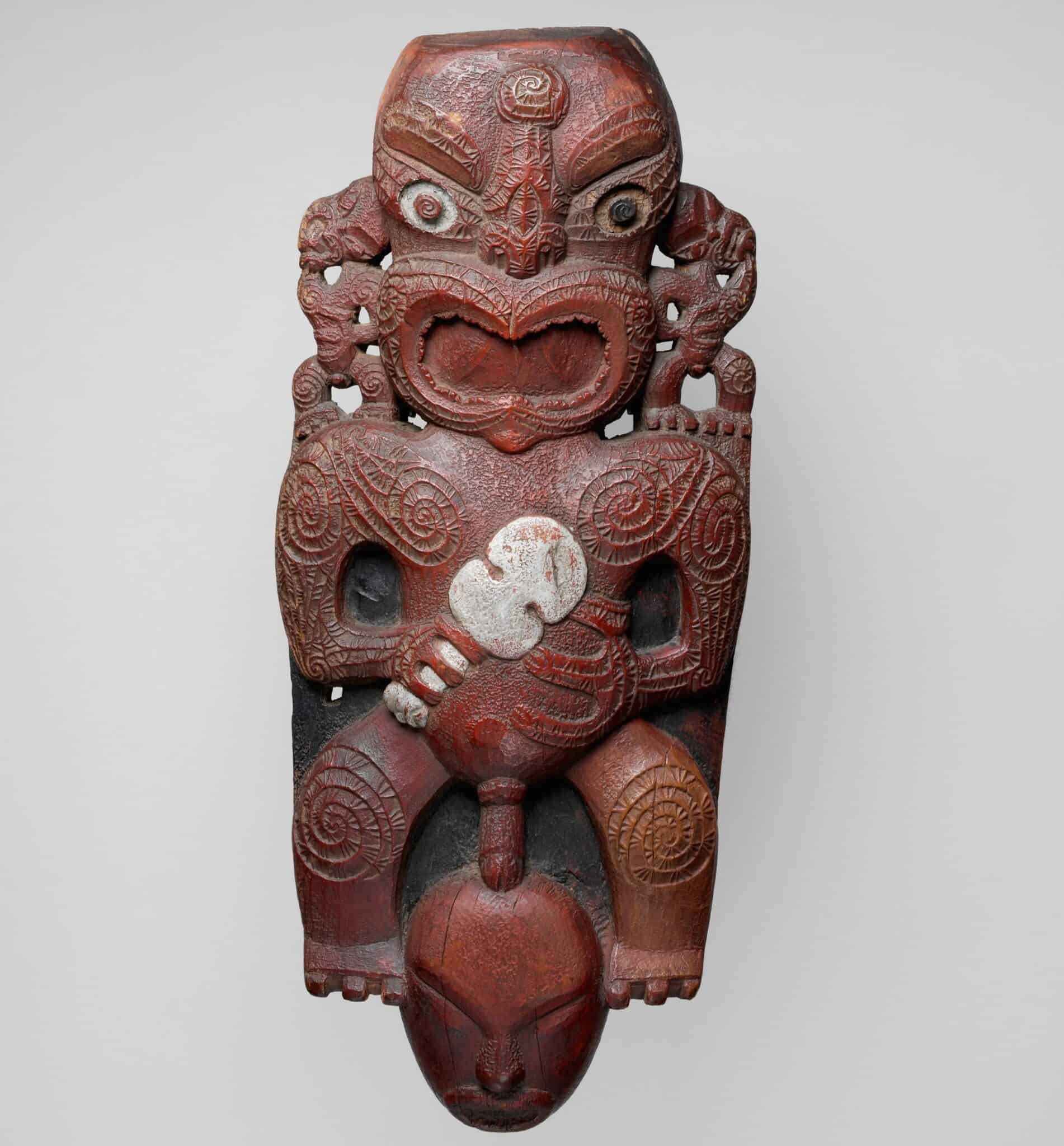
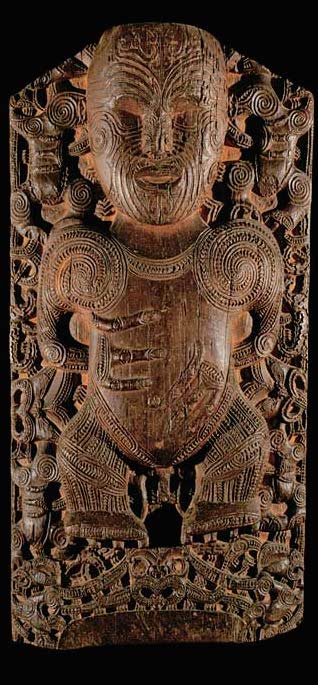
Other Architectural Elements
Other carved elements of a Maori house include the doors of food stores and bargeboards.
Maori Canoes and Maori Canoe Artifacts
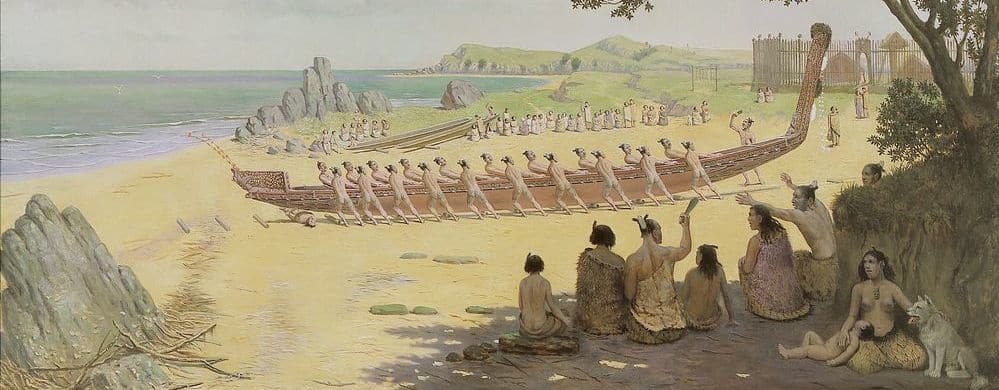
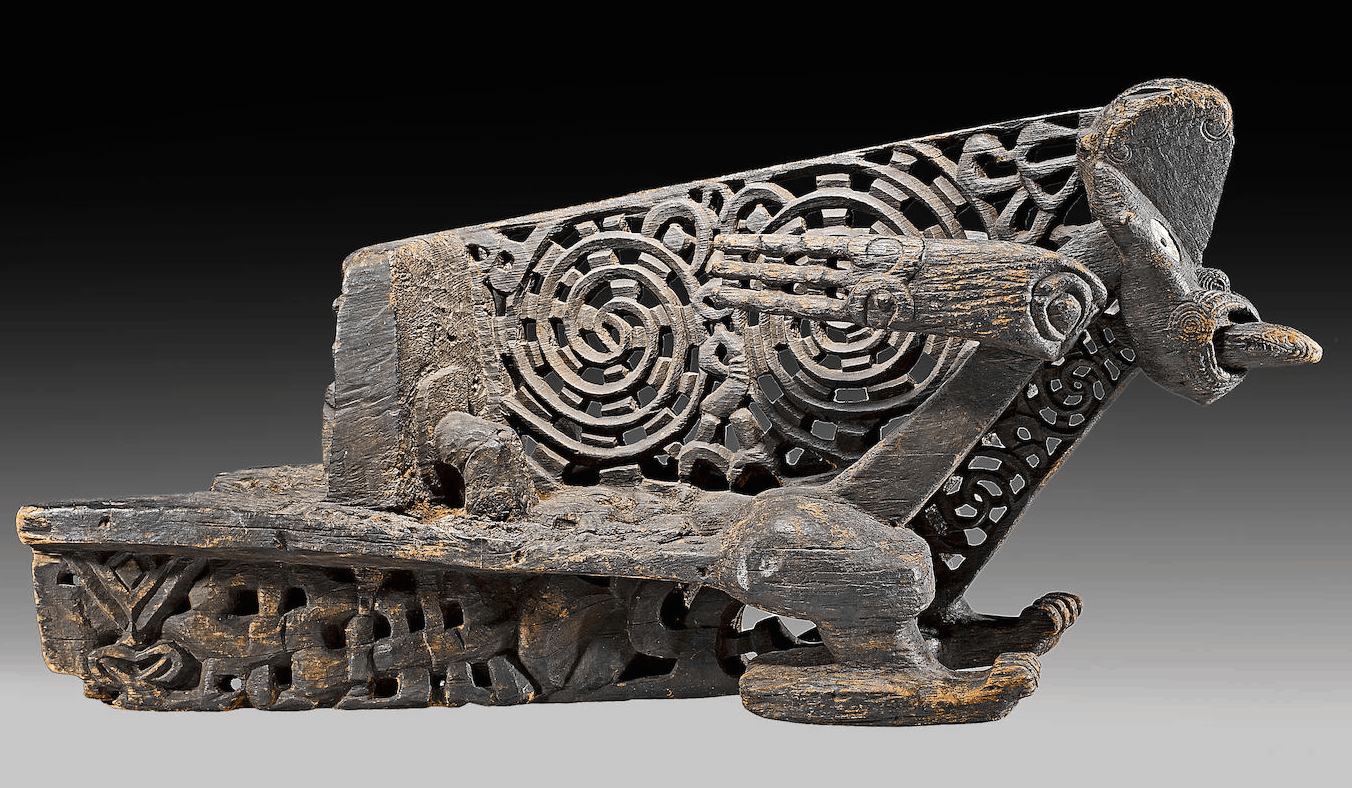
Canoes or Waka have always been important to the Maori. Maori ancestors arrived in New Zealand from central Polynesia by canoe.
The first Maori canoes were double-hulled sailing vessels designed for ocean voyaging. As the Maori became established in New Zealand the canoe design changed. Subsiquently they no longer needed to sail long distances and double-hulled canoes became less popular. Large trees like totara and kauri made it possible to build large single-hulled vessels. Instead of slow sailing double-hulled canoes the Maori canoe evolved into fast single-hulled paddle powered craft.
War canoes Waka Taua
The largest Canoe was the Waka Taua which could be up to 30 meters long and carry 100 warriors. These canoes had intricately carved spiritually empowered Bow tauihu and stern tau-rapa.
The canoe itself had a spiritual status and tribes had specific rituals related to the use of their Waka Taua.
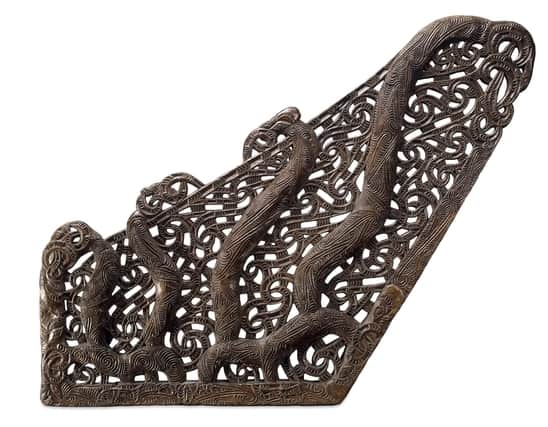
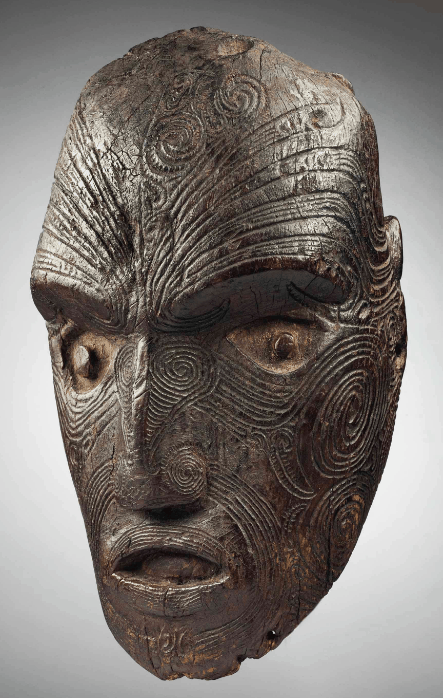
Waka tete were every day canoes and were therefore plainer and smaller, the bow took the form of a stylized face.
Waka tiwai were the most common canoe and had no carving or art. The Maori also had rafts in the south island mokihi used to transport goods.
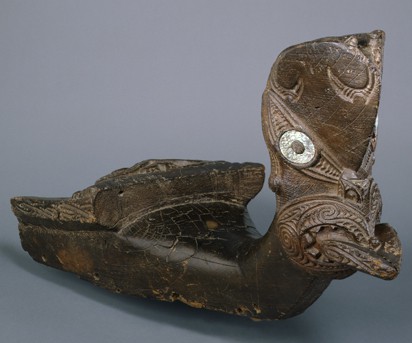
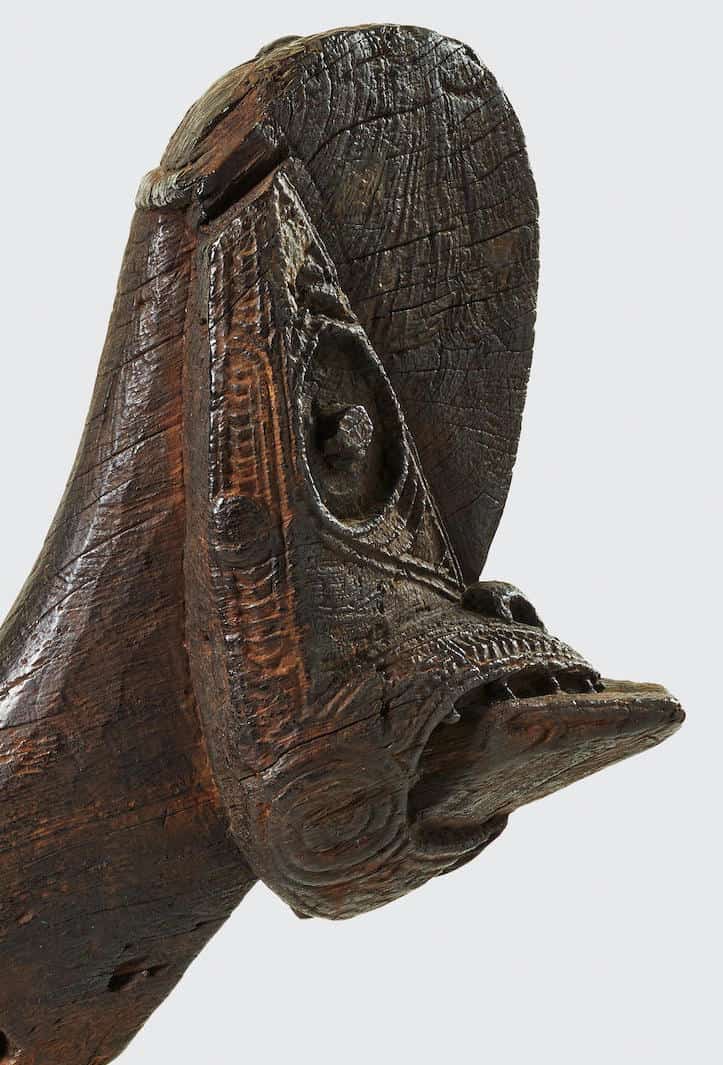
Maori Paddles Hoe

Most Maori paddles were plain but had a very elegant shape. Paddles used in ceremony however were intricately carved. Intricately carved paddles were popular with collectors. A tradition of carving paddles for sale to Europeans soon followed. These later carved for-sale paddles are quite common. Early examples tend to show a much higher degree of workmanship and are therefore more collectable.
More information on Maori Paddles and other Pacific Island Paddles
Maori Artifacts Canoe Bailers Tata
Maori canoe bailers are often plain but bailers from war canoes are works of art. Unlike paddles, most Maori bailers are old however and were not extensively reproduced for sale. For more information and examples of Maori bailer
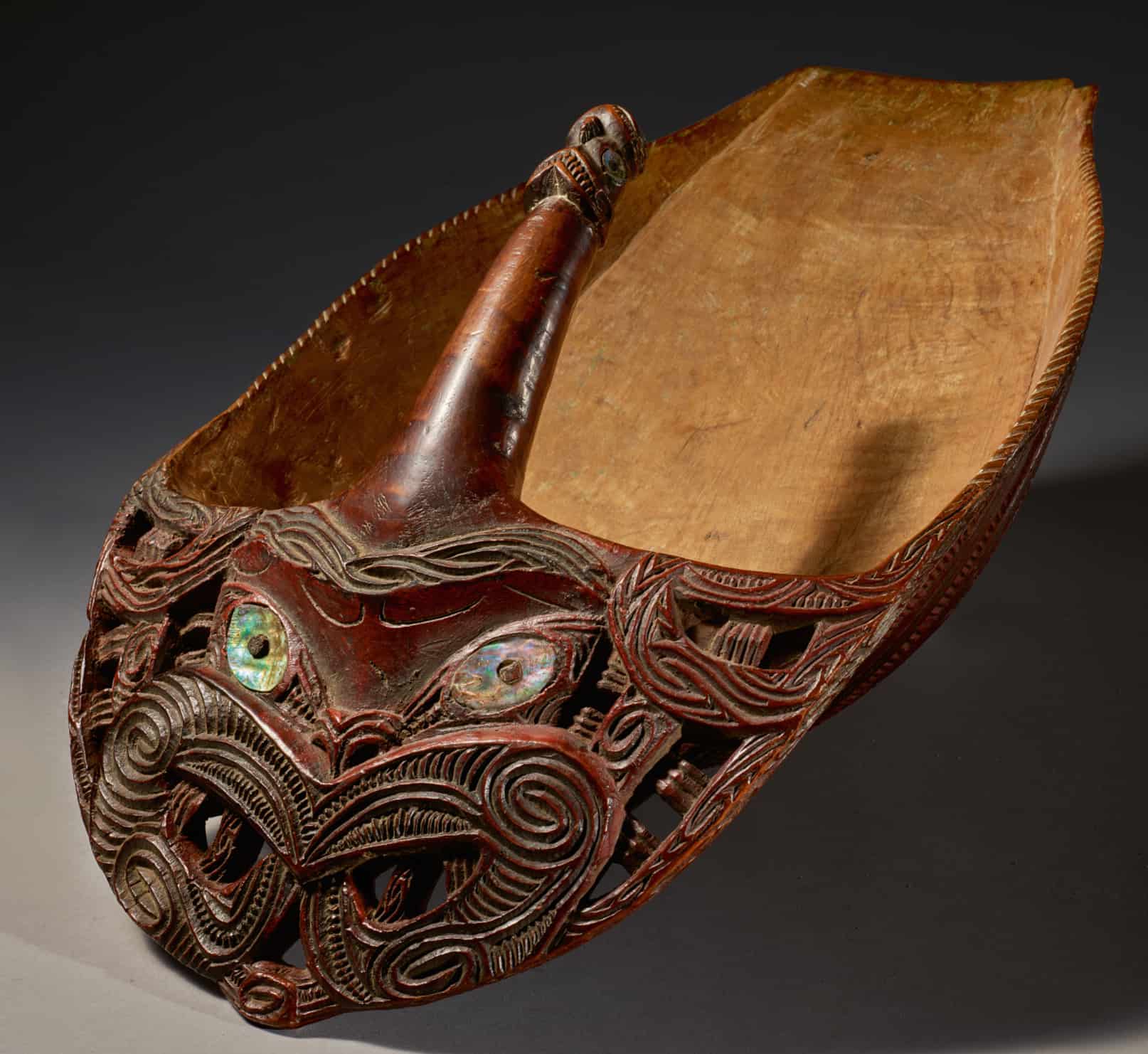
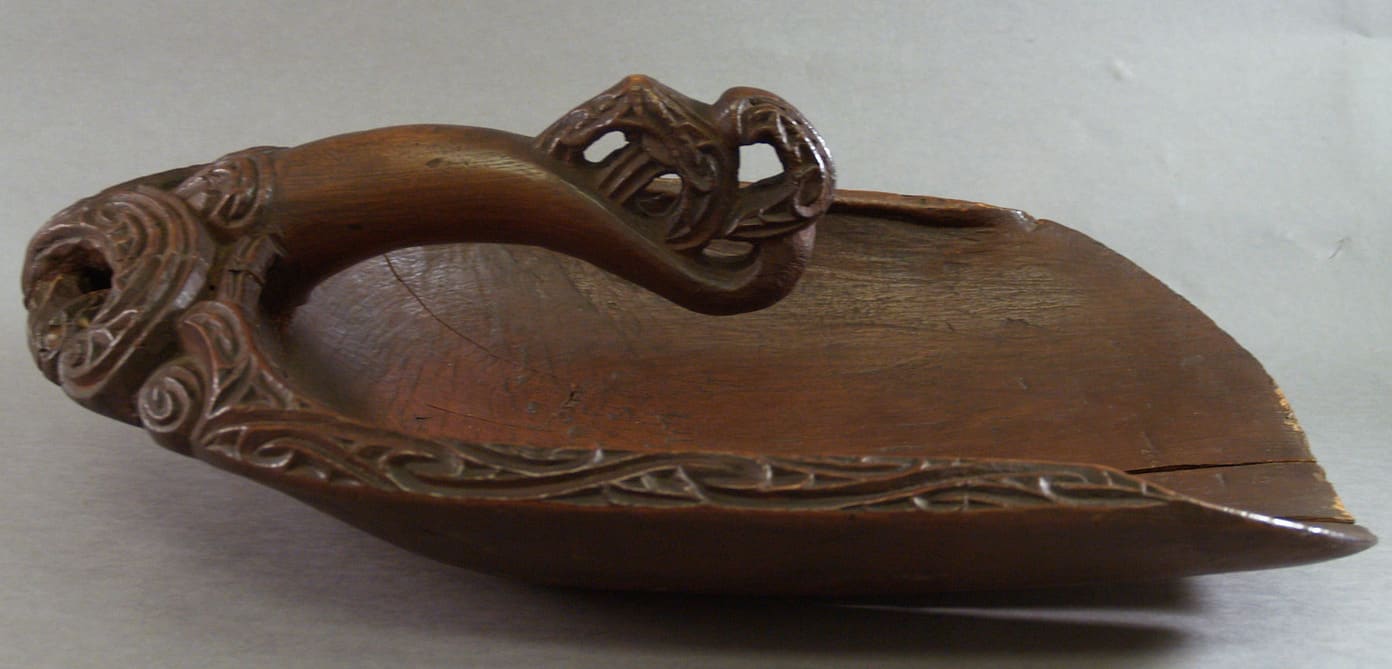
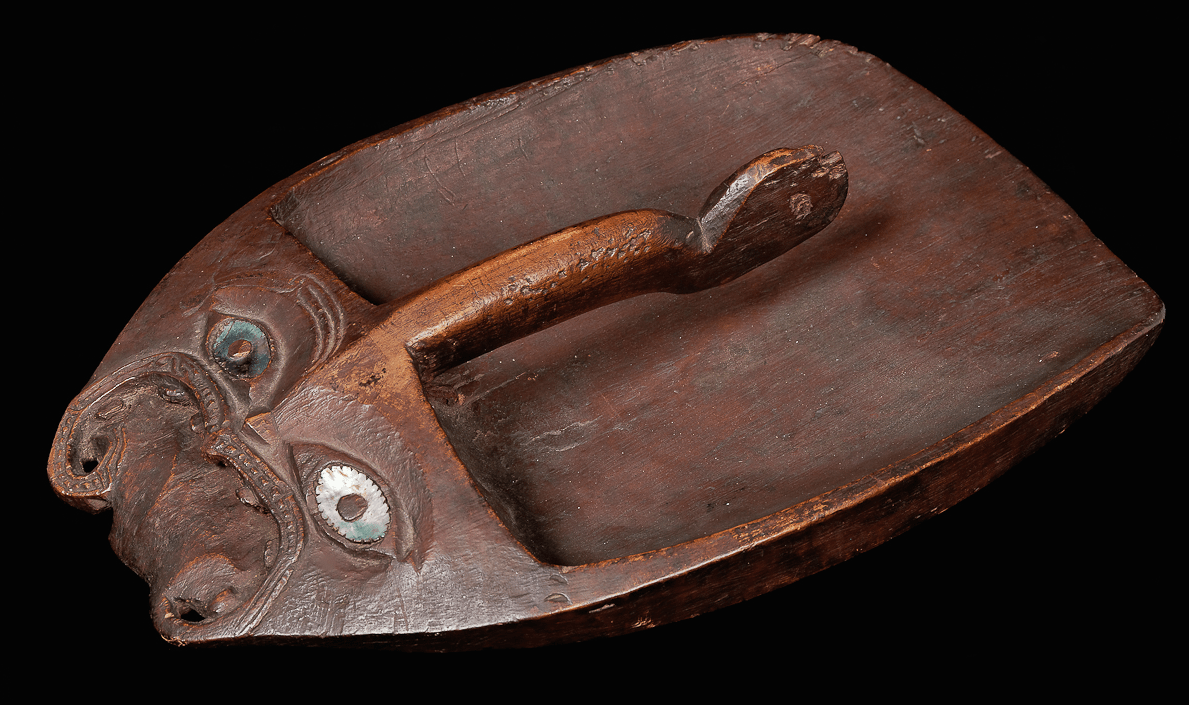
Maori Artifacts Weapons
Maori weapons are not just ethnographic collectibles. Many are so superbly made as to become art objects.
I have an entire article dedicated to Maori weapons
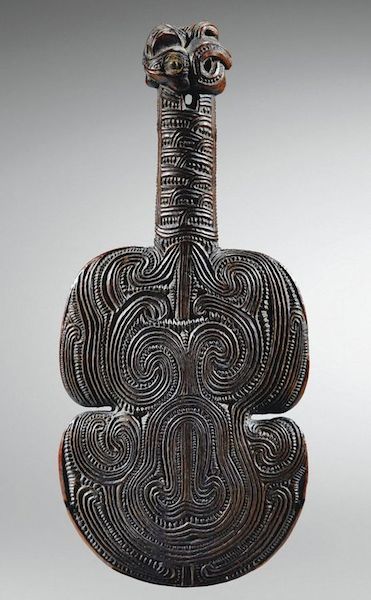
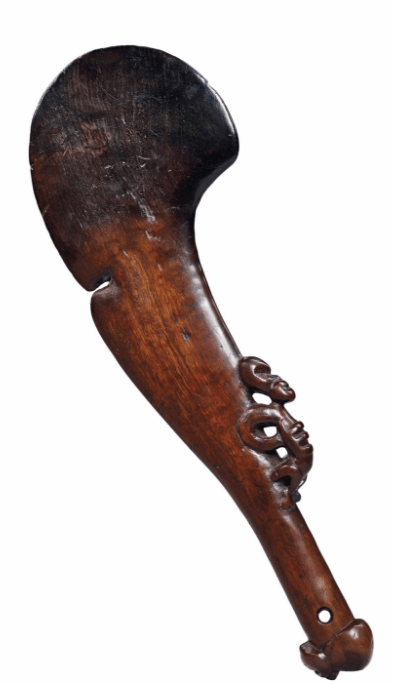
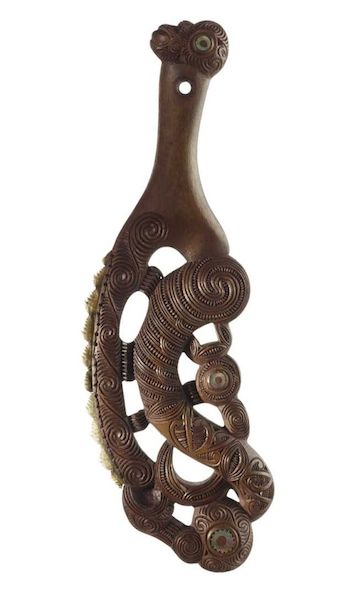

Maori musical instruments Taonga puoro
The New Zealand Maori had over a dozen traditional instruments. Most of these instruments were wind instruments. Maori music was a spiritual way of connecting the Mother earth and Father heavens. Each instrument was created so it would have its own unique voice. Instruments often had personal names. Many of these instruments show superb craftsmanship and likewise are artworks.
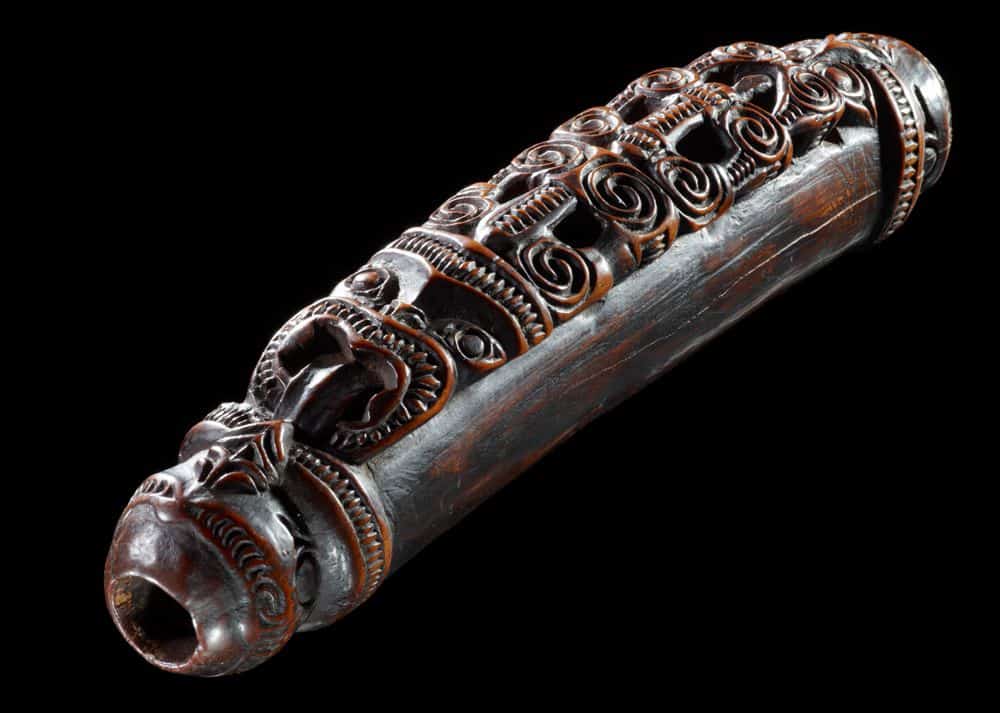

Maori Pūtōrino flute

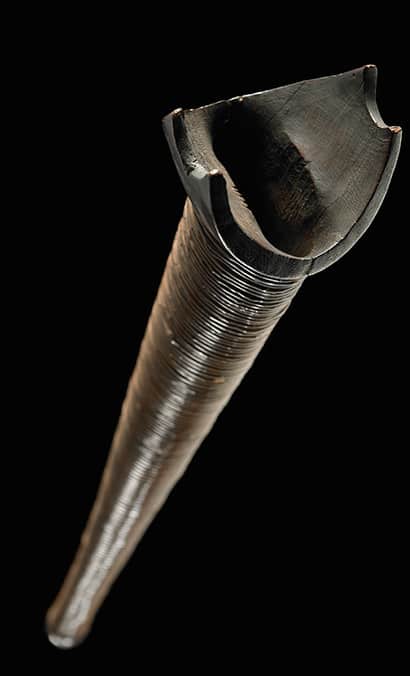
War trumpet
Pukaea
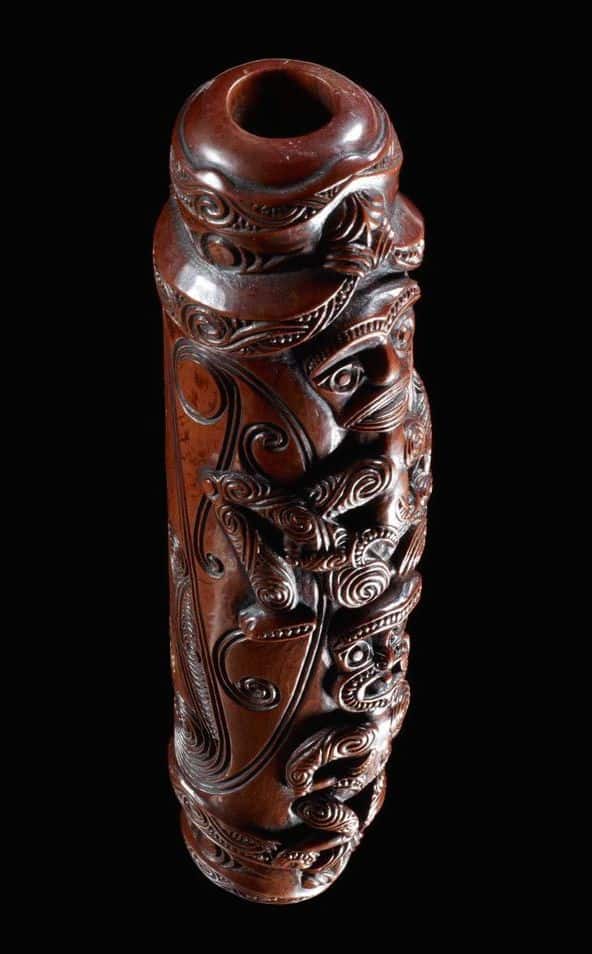
Nose flute
Koauau
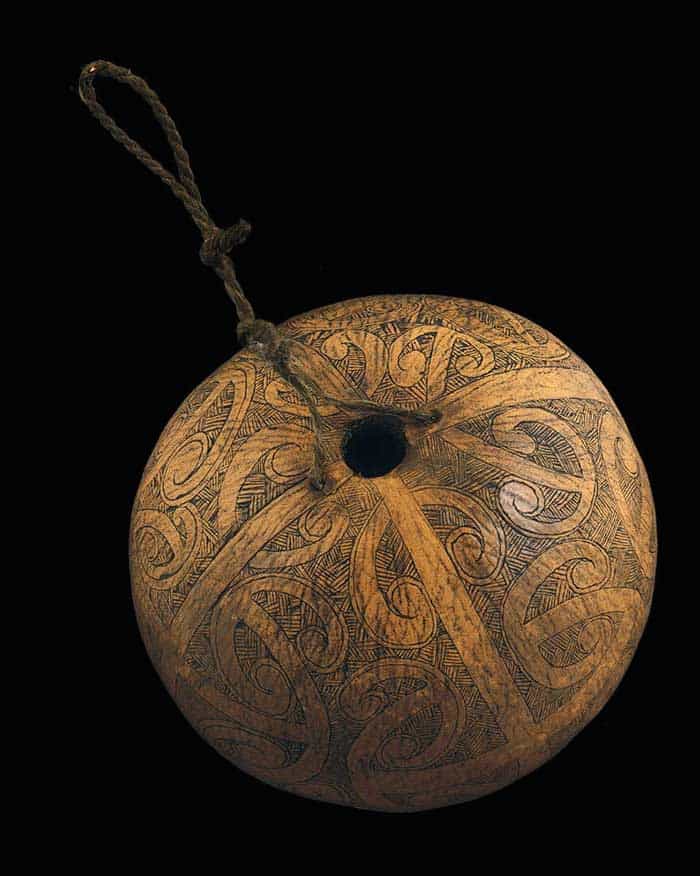
Gourd instrument
hue
Maori Artifacts Jewelry
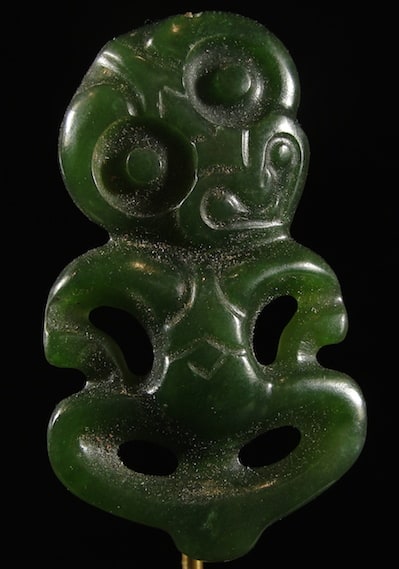
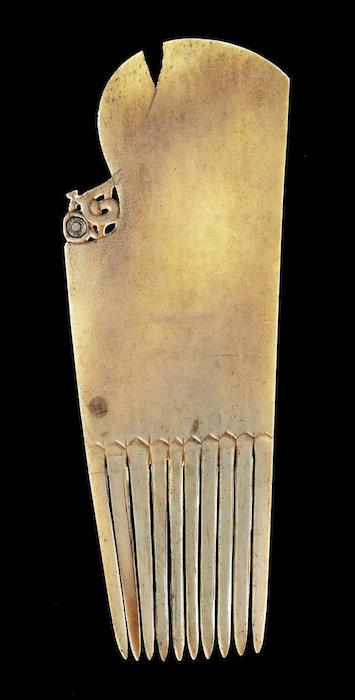
Maori Treasure boxes and Maori Feather Boxes


Maori tattooing equipment
Facial tattooing in Mori culture has always been of extreme importance. The equipment used is often the best and most collectible of Maori Artifacts. The vast majority are in Museum collections.
Tattoo feeding funnels were used to feed chiefs after their face had been tattooed. Maori Tattooing and its relationship to Mori art is comprehensively covered in Ta Moko
Tattoo ink pots were often intricately carved miniature masterpieces. Maori feeding funnels as art objects for the bookcase only for the wealthy.
Being made for chiefs and such an important event only the best carvers would do. Most funnels are only 15cm in size so the intimacy on such a small surface area I believe is unmatched. Miniature masterpieces.
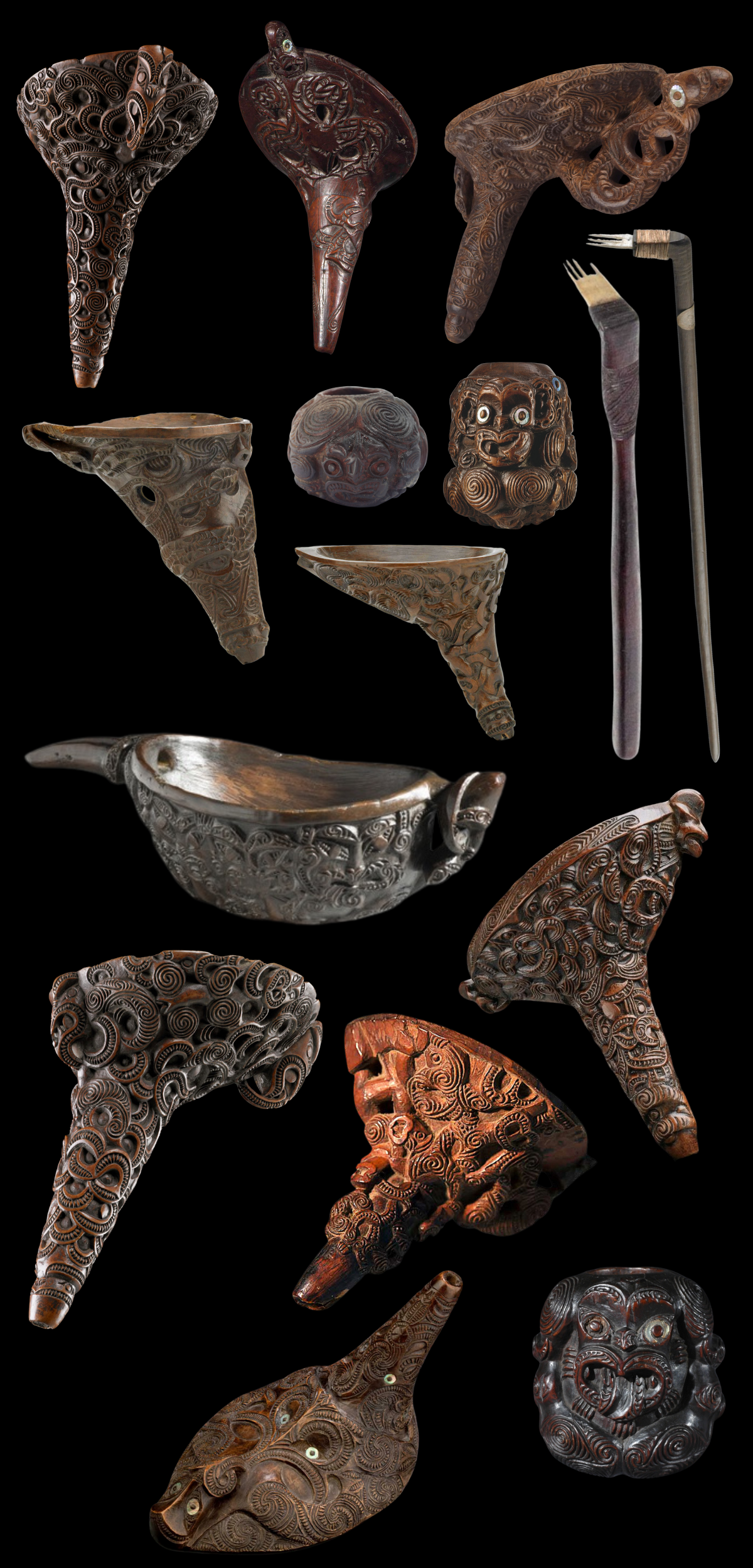
All images in this article and on this site are for educational purposes only
The site may contain copyrighted material the use of which was not specified by the Copyright owner
Other Maori Artifacts
There are other Maori Artifacts like shovels, bird-snares, feather cloaks, and woven bags, that I have not covered in this article. If you are interested in learning more I firstly recommend Maori Art by A. Hamilton. A good search through Te Ara the Encyclopedia of New Zealand online is also full of information.
As the old artifacts were bought up by Europeans the Maori continued to carve. Many were based in Rotorua and produced superb artworks. These artworks are not really artifacts but they are still collectible in their own right. if you want to know more about these early made for sale pieces I recommend Carved Histories: Rotorua Ngati Tarawhai Woodcarving by Roger Neich
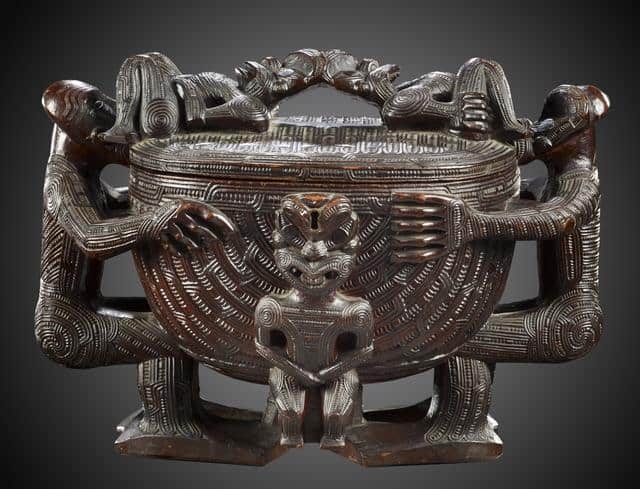
Lovely example of an early made for sale Maori Lidded Bowl.
